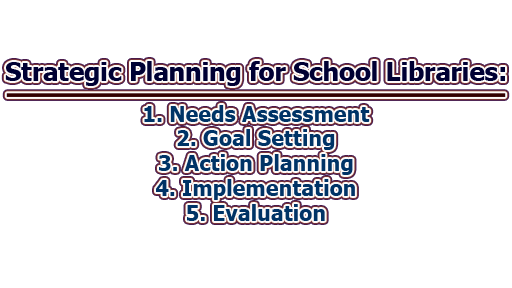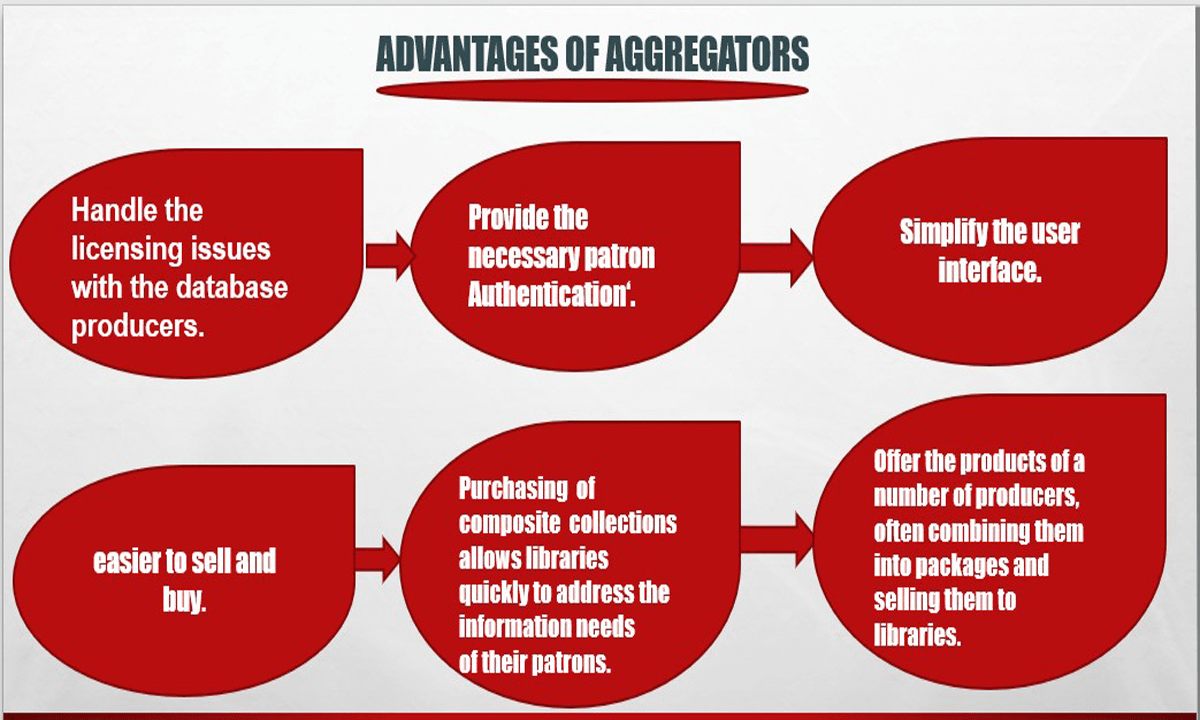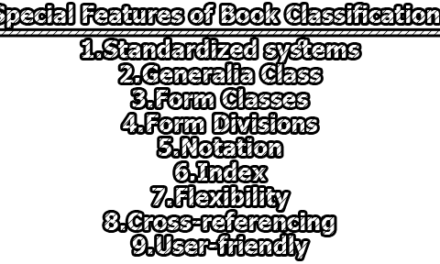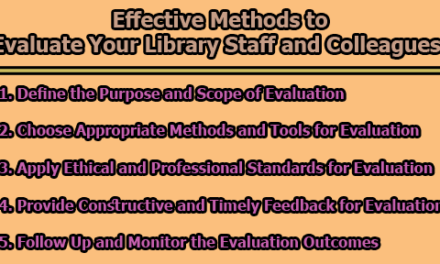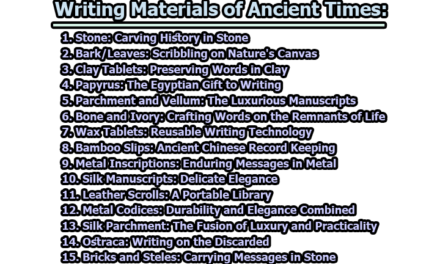Strategic Planning for School Libraries:
School libraries play an essential role in promoting literacy, academic success, and lifelong learning. School librarians are key players in building a culture of reading and information literacy in schools. A well-planned and well-managed school library program can positively impact students’ academic achievement and overall success. Strategic planning is a critical process that helps school libraries define their goals, develop a plan to achieve those goals, and monitor progress toward achieving them. This article outlines comprehensive strategic planning for school libraries that includes a needs assessment, goal setting, action planning, implementation, and evaluation.
- Needs Assessment: The first step in the strategic planning process is a needs assessment. A needs assessment is a systematic process that helps school libraries identify areas where they need to improve. It involves gathering data about the current state of the library program, including its strengths and weaknesses, opportunities, and threats. The data can be collected through surveys, focus groups, and interviews with stakeholders, including students, teachers, parents, administrators, and community members. The needs assessment should consider the following areas:
- Resources: This includes the library’s collection, technology, physical space, and staffing. The assessment should evaluate the adequacy of these resources in meeting the needs of the school community.
- Services: This includes the library’s instructional services, circulation, reference, and outreach services. The assessment should evaluate the quality and effectiveness of these services in meeting the needs of the school community.
- Curriculum: This includes the integration of library resources and services into the curriculum. The assessment should evaluate the extent to which the library program supports the school’s curriculum and meets the needs of teachers and students.
- Collaboration: This includes the library’s partnerships with other departments, organizations, and community groups. The assessment should evaluate the effectiveness of these partnerships in meeting the needs of the school community.
- Goal Setting: Once the needs assessment is complete, the school library can begin to set goals. Goals should be specific, measurable, achievable, relevant, and time-bound (SMART). Goals should be aligned with the school’s mission and strategic plan. The goals should be based on the results of the needs assessment and should address the areas where the library program needs improvement. Goals may include the following:
- Improve the library’s collection by increasing the diversity of materials, updating outdated resources, and expanding the collection in areas of high demand.
- Enhance the library’s technology by upgrading existing equipment, providing training for staff and students, and exploring new technologies that can improve access to information and resources.
- Renovate the library’s physical space by creating comfortable reading areas, providing access to natural light, and creating spaces for group collaboration.
- Increase the library’s staffing by hiring additional staff, providing professional development opportunities for existing staff, and exploring alternative staffing models, such as volunteers and student workers.
- Improve the library’s instructional services by providing professional development opportunities for librarians, creating new instructional resources, and collaborating with teachers to integrate library resources and services into the curriculum.
- Action Planning: The next step in the strategic planning process is action planning. Action planning involves developing a plan to achieve the goals set in the previous step. The plan should include specific action steps, timelines, and responsible parties. Action planning should be a collaborative process that involves library staff, administrators, teachers, and other stakeholders. Action planning should consider the following:
- Resources: The action plan should identify the resources needed to achieve the goals, including funding, personnel, and materials.
- Timeline: The action plan should identify specific timelines for achieving each goal and action step.
- Responsibility: The action plan should identify the person or group responsible for each action step.
- Communication: The action plan should identify how progress will be communicated to stakeholders and how feedback will be gathered.
- Implementation: Once the action plan is developed, the school library can begin to implement the plan. Implementation involves putting the action steps into action and monitoring progress toward achieving the goals. Implementation should be a collaborative process that involves library staff, administrators, teachers, and other stakeholders. Implementation should consider the following:
- Monitoring Progress: Regular monitoring of progress towards achieving the goals is essential. This can be done through regular meetings with stakeholders, progress reports, and data analysis.
- Flexibility: Implementation plans should be flexible to allow for adjustments as needed. Plans may need to be adjusted due to changes in funding, personnel, or other factors.
- Support: Adequate support is essential for successful implementation. Support can come in the form of professional development opportunities, funding, and access to resources.
- Communication: Communication with stakeholders is essential for successful implementation. Regular updates on progress and changes to the plan should be communicated to stakeholders.
- Evaluation: The final step in the strategic planning process is evaluation. Evaluation involves assessing the effectiveness of the plan and making adjustments as needed. Evaluation should consider the following:
- Data Collection: Data should be collected to evaluate the effectiveness of the plan. This can include data on library usage, student achievement, and stakeholder satisfaction.
- Analysis: Data collected should be analyzed to identify areas where the plan was successful and areas where it needs improvement.
- Adjustments: Based on the analysis, adjustments should be made to the plan as needed.
- Continual Improvement: Strategic planning should be an ongoing process. Continual evaluation and improvement are essential for maintaining the effectiveness of the plan.
In conclusion, strategic planning is a critical process for school libraries to achieve their goals and promote academic success. A needs assessment, goal setting, action planning, implementation, and evaluation are essential steps in the strategic planning process. Strategic planning should be a collaborative process that involves library staff, administrators, teachers, and other stakeholders. Continual evaluation and improvement are essential for maintaining the effectiveness of the plan. By following a comprehensive strategic planning process, school libraries can ensure that they are providing the best possible services to their school community.
References:
- American Association of School Librarians. (2018). National School Library Standards for Learners, School Librarians, and School Libraries. American Library Association.
- Association for Library Service to Children. (2018). Every Child Deserves a School Library Program. American Library Association.
- Farmer, L. S., & Weiner, S. A. (2017). School librarians as strategic partners: A model for the school library professional. Knowledge Quest, 46(5), 26-32.
- Lance, K. C., & Kachel, D. E. (2018). Why school librarians matter: What years of research tell us. Phi Delta Kappan, 99(7), 15-20.

Former Student at Rajshahi University

